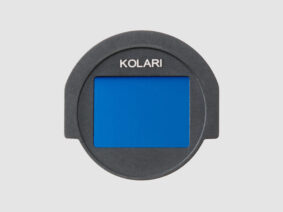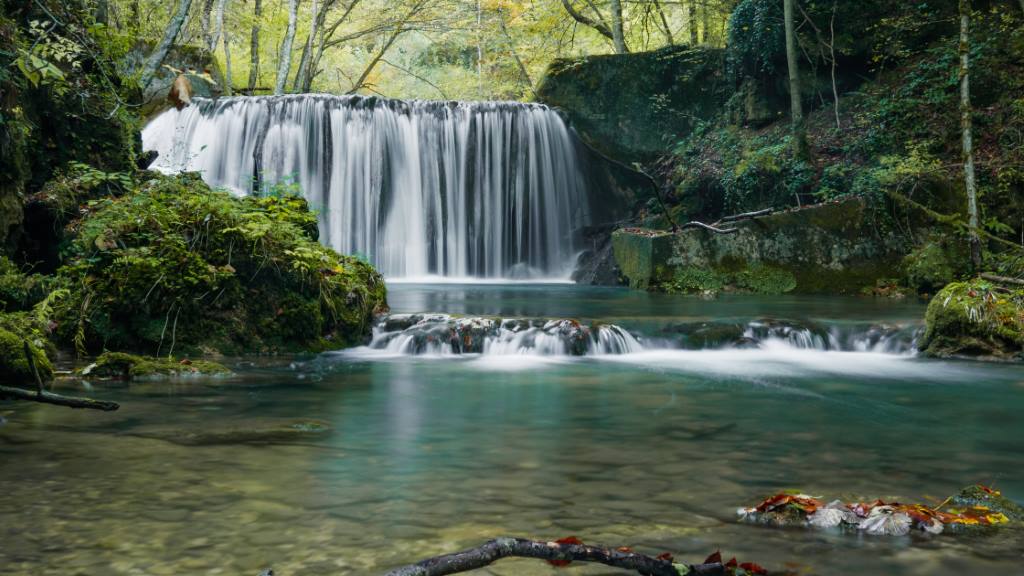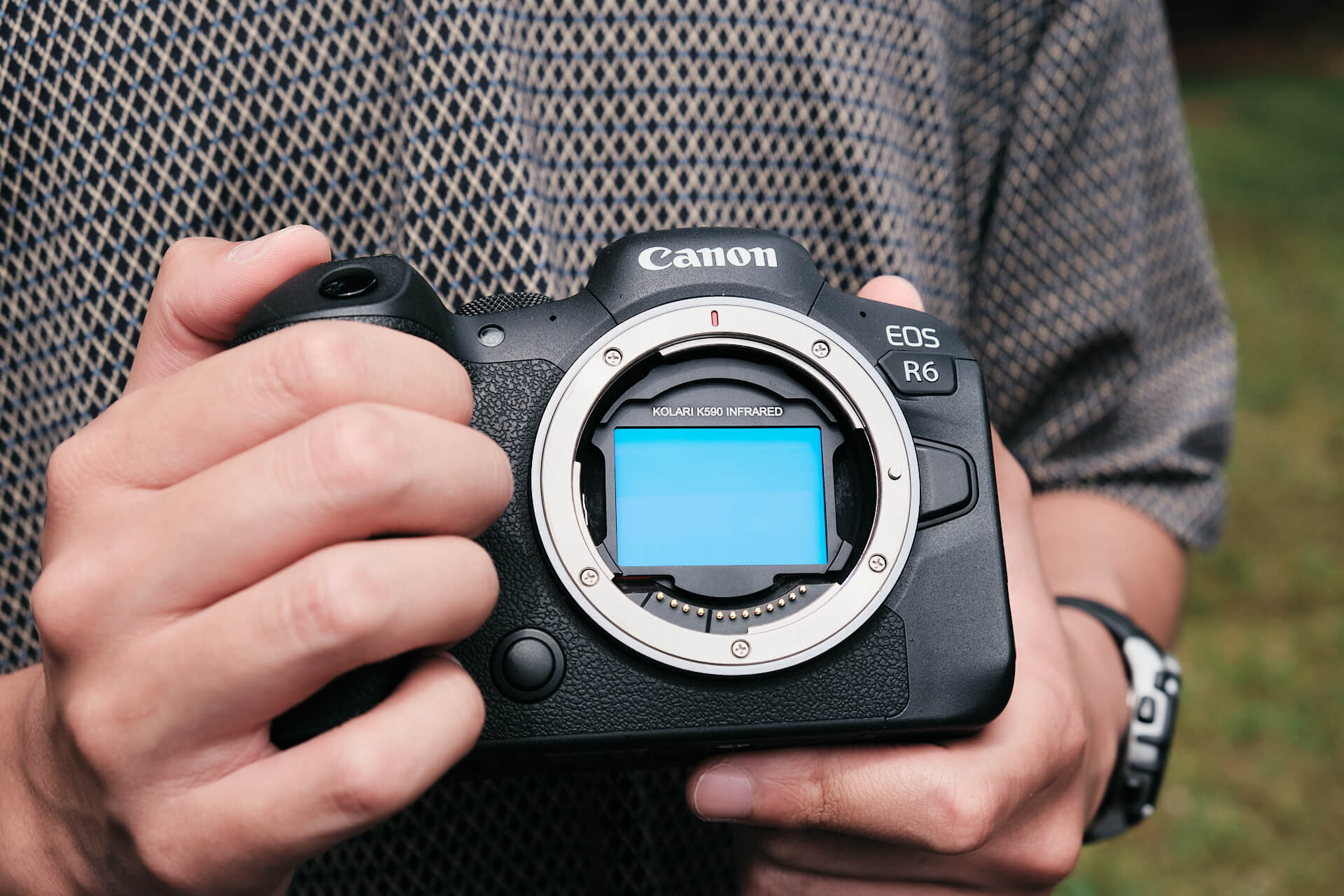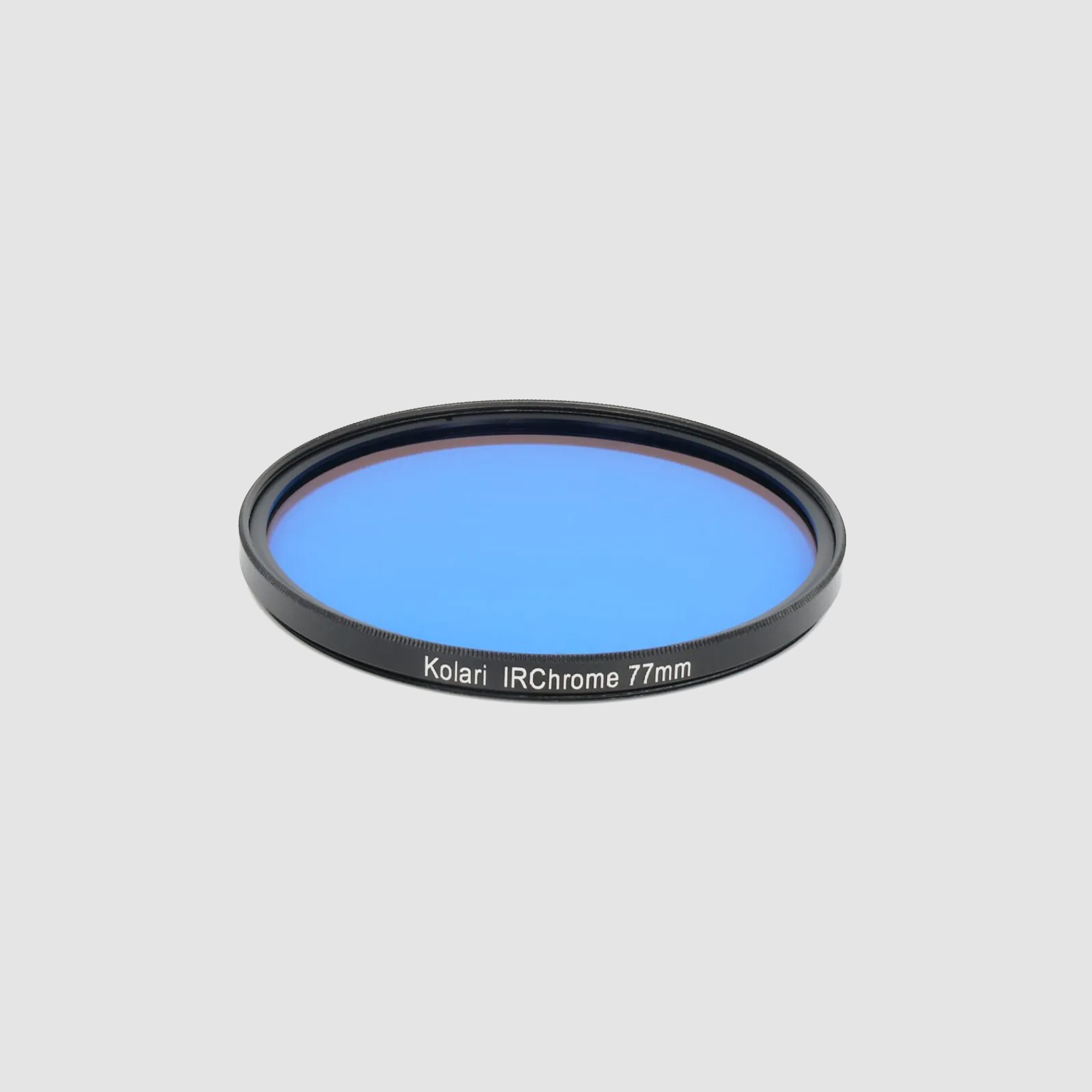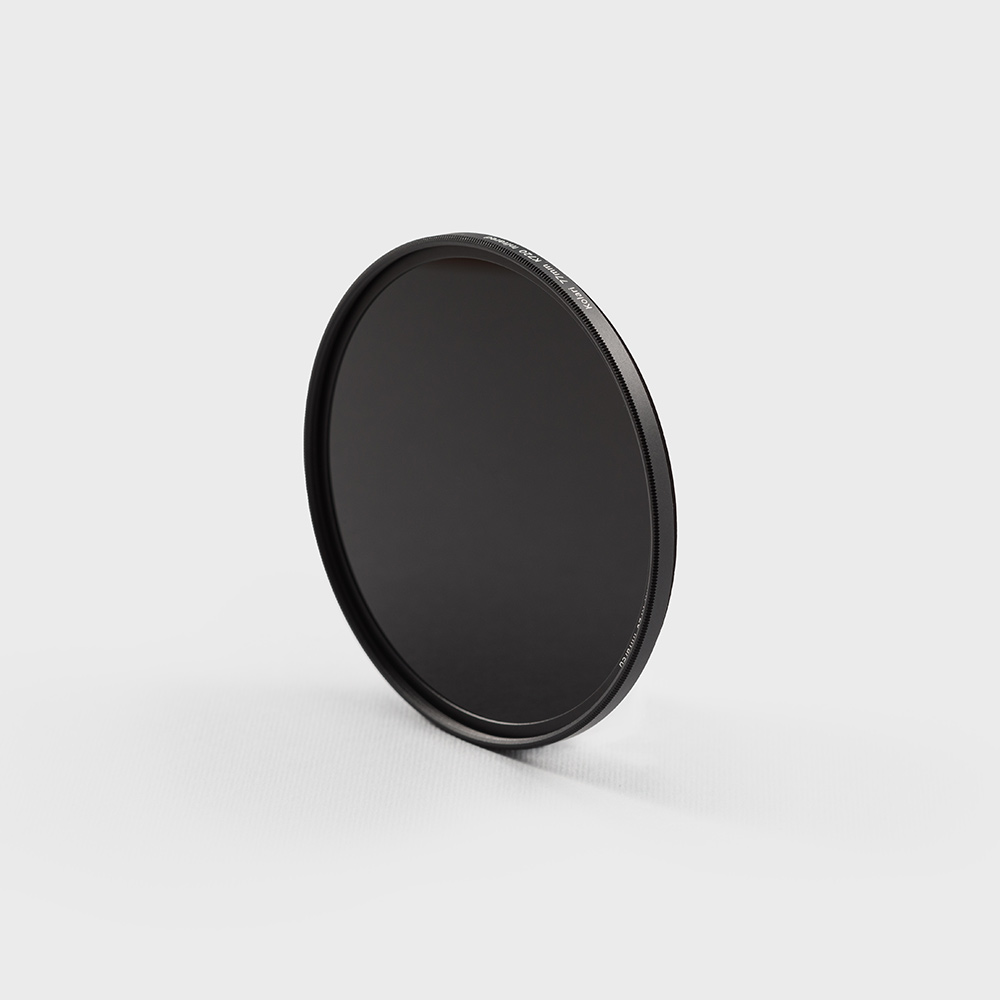We’ve talked about ND filters and we’ve talked about CPL filters, but what on earth is a Dark CPL? Neutral density filters limit the amount of light that is able to reach your sensor in an even, neutral way, allowing you to control the exposure of your image without affecting the color. Circular polarizers, on the other hand, polarize the light to reduce glare and reflections, cut through haze, and boost saturation and contrast. While these two filters serve two separate purposes, there are situations where both may be necessary in order to achieve the desired image. This is where the Dark CPL comes into play.
A Dark CPL, also referred to as an ND CPL or an ND/PL, combines an ND filter with a CPL to get the best of both worlds. Darken your image while enhancing colors and removing reflections, all in one filter. No longer do you need to stack filters, adding extra thickness, weight, and glass to the front of your lens. You can now achieve your desired effect with this two-in-one filter.
Shooting landscape photography with water elements in bright sun is where this filter really comes into its own. The built-in ND filter lets you slow your shutter speed to capture movement in the water and clouds through long exposure. At the same time, you are able to rotate the front element to adjust the polarization effect. This allows you to remove any distracting reflections in the water while also boosting contrast and color vibrancy.
Just like a regular CPL filter, to get the maximum benefit from your Dark CPL, make sure your subject is at a 90-degree angle from your light source. If your primary light source is either in front or directly behind you, your filter may have little to no polarizing effect. To determine the correct angle, make an “L” with your thumb and index finger and point your thumb towards the light. Your index finger will then be pointing where your scene will be most evenly covered by the polarization of the filter.
Since CPL filters work best at a 90-degree angle from a light source, it may be best to avoid using them with wide-angle lenses. Lenses wider than 24mm usually cover more than 90-degrees, so this may result in an uneven polarizing effect across your images.
Common strengths of Dark CPL filters range from 2-stops to 6-stops. The Kolari Pro Dark CPL filter has a strength of 5-stops. This filter helps to reduce reflections, cut through atmospheric haze, and boost color saturation and vibrancy while also doubling as a 5-stop ND. Our Kolari Pro Dark CPL filter is coated in our signature Anti-Reflective and Anti-Smudge coatings and comes in our low-profile aluminum filter ring.
*Trying to shoot IR? Our Kolari Pro Dark CPL works with up to a 720nm filter.
To stay up to date on new releases and updates, be sure to subscribe to our newsletter.
Visit our shop to learn more about our Dark CPL filters and other products to see if there’s something there for you.
